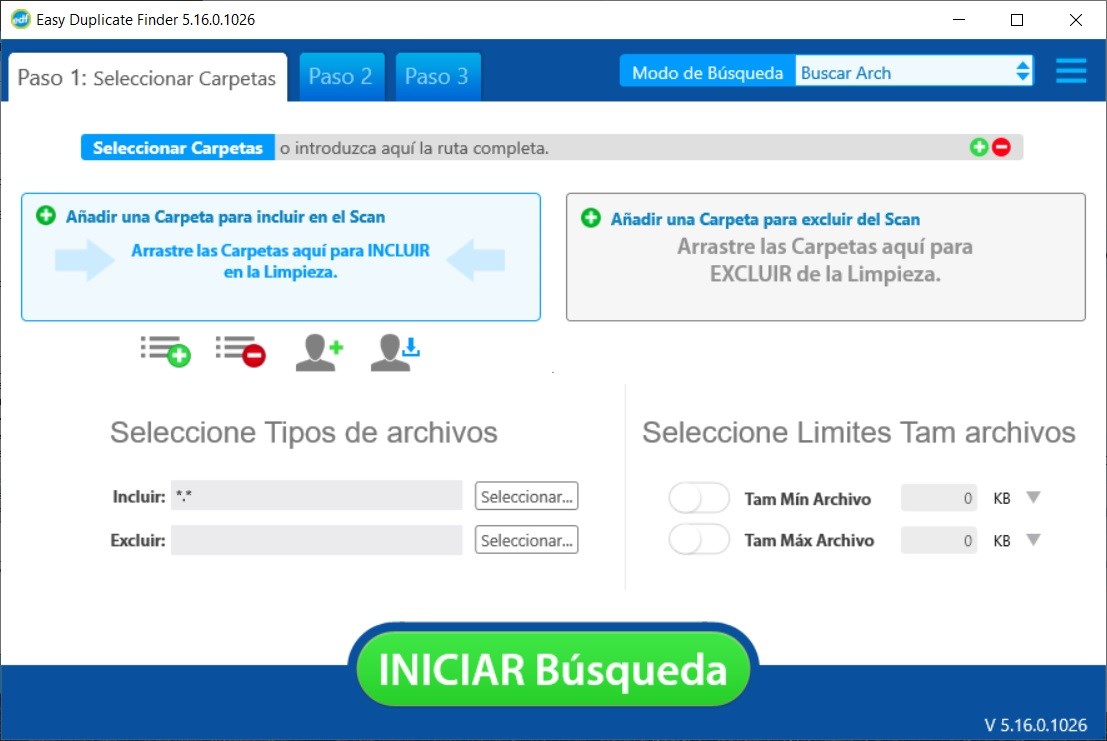

- EASY DUPLICATE FINDER 5.15 LICENSE KEY HOW TO
- EASY DUPLICATE FINDER 5.15 LICENSE KEY VERIFICATION
- EASY DUPLICATE FINDER 5.15 LICENSE KEY CODE
- EASY DUPLICATE FINDER 5.15 LICENSE KEY WINDOWS 7
EASY DUPLICATE FINDER 5.15 LICENSE KEY HOW TO
When installing Gentoo, this is made clear several times - users can choose how much they want to compile themselves, how to install Gentoo, what system logger to use, etc.
36.3 Optional: Install wireless networking toolsįirst of all, welcome to Gentoo! You are about to enter the world of choices and performance. 36.2 Optional: Installing a PPPoE client. 28.2.2.2 Automatically start networking at boot. 28.2.1 DHCP via dhcpcd (any init system). 25.4.1 Manually rebuilding the initramfs. 25 Alternative: Using distribution kernels. 23.3 Architecture specific kernel configuration. 23 Kernel configuration and compilation.  22 Optional: Installing firmware and/or microcode. 19 Optional: Using systemd as the init system. 18.7 Optional: Configure the ACCEPT_LICENSE variable. 18.2 Optional: Updating the Gentoo ebuild repository. 18.1 Installing a Gentoo ebuild repository snapshot from the web. 17.3 Mounting the necessary filesystems. 13.3 Applying a filesystem to a partition. 12.2 Creating a new disklabel / removing all partitions. 12.1 Viewing the current partition layout. 12 Partitioning the disk with MBR for BIOS / legacy boot. 11.3 Creating the EFI system partition (ESP). 11.2 Creating a new disklabel / removing all partitions.
22 Optional: Installing firmware and/or microcode. 19 Optional: Using systemd as the init system. 18.7 Optional: Configure the ACCEPT_LICENSE variable. 18.2 Optional: Updating the Gentoo ebuild repository. 18.1 Installing a Gentoo ebuild repository snapshot from the web. 17.3 Mounting the necessary filesystems. 13.3 Applying a filesystem to a partition. 12.2 Creating a new disklabel / removing all partitions. 12.1 Viewing the current partition layout. 12 Partitioning the disk with MBR for BIOS / legacy boot. 11.3 Creating the EFI system partition (ESP). 11.2 Creating a new disklabel / removing all partitions.  11.1 Viewing the current partition layout. 11 Partitioning the disk with GPT for UEFI. 10.3 What is the EFI System Partition (ESP)?. 9.2.2 Master boot record (MBR) or DOS boot sector. 8.1 Loading the appropriate network kernel modules. 5.4 Optional: Viewing documentation while installing.
11.1 Viewing the current partition layout. 11 Partitioning the disk with GPT for UEFI. 10.3 What is the EFI System Partition (ESP)?. 9.2.2 Master boot record (MBR) or DOS boot sector. 8.1 Loading the appropriate network kernel modules. 5.4 Optional: Viewing documentation while installing. EASY DUPLICATE FINDER 5.15 LICENSE KEY WINDOWS 7
4.3.1 Burning with Microsoft Windows 7 and above. EASY DUPLICATE FINDER 5.15 LICENSE KEY VERIFICATION
4.2.1 Microsoft Windows based verification. RFC 7231 HTTP/1.1 Semantics and Content June 2014 6. It for publication as an RFC or to translate it into languages otherġ. Not be created outside the IETF Standards Process, except to format Outside the IETF Standards Process, and derivative works of it may The copyright in such materials, this document may not be modified Without obtaining an adequate license from the person(s) controlling Modifications of such material outside the IETF Standards Process. Material may not have granted the IETF Trust the right to allow The person(s) controlling the copyright in some of this This document may contain material from IETF Documents or IETFĬontributions published or made publicly available before Novemberġ0, 2008. The Trust Legal Provisions and are provided without warranty as Include Simplified BSD License text as described in Section 4.e of EASY DUPLICATE FINDER 5.15 LICENSE KEY CODE
Code Components extracted from this document must Please review these documentsĬarefully, as they describe your rights and restrictions with respect This document is subject to BCP 78 and the IETF Trust's Legal RFC 7231 HTTP/1.1 Semantics and Content June 2014Ĭopyright (c) 2014 IETF Trust and the persons identified as the Information about the current status of this document, any errata,Īnd how to provide feedback on it may be obtained atįielding & Reschke Standards Track Internet Standards is available in Section 2 of RFC 5741. Internet Engineering Steering Group (IESG). Received public review and has been approved for publication by the It represents the consensus of the IETF community. This document is a product of the Internet Engineering Task Force This is an Internet Standards Track document. Messages (metadata and body content) and mechanisms for content Status codes, and response header fields, along with the payload of This document defines the semantics of HTTP/1.1 messages,Īs expressed by request methods, request header fields, response Level protocol for distributed, collaborative, hypertext information The Hypertext Transfer Protocol (HTTP) is a stateless application. Hypertext Transfer Protocol (HTTP/1.1): Semantics and Content Internet Engineering Task Force (IETF) R.







 0 kommentar(er)
0 kommentar(er)
